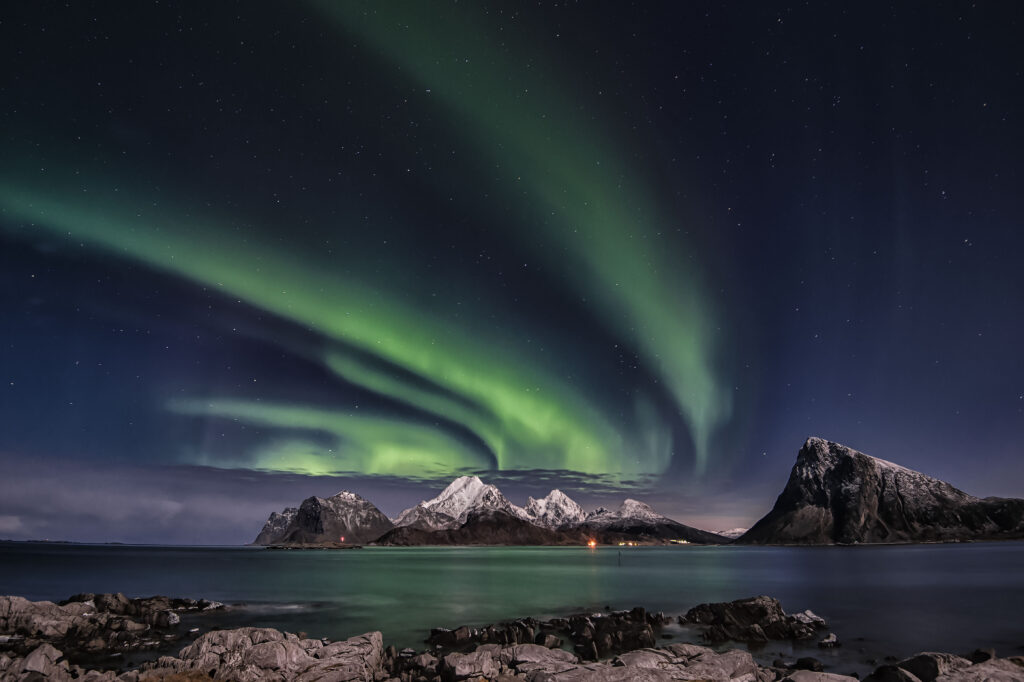By Ayana Archie.
The northern lights are expected to be visible across several U.S. states this week, according to the University of Alaska Fairbanks.
On Wednesday and Thursday, the Kp-index, or planetary index, will be at five and six, respectively. The scale goes all the way up to nine, and any occurrence above five is considered a geomagnetic storm.
The aurora borealis could be seen across parts of Washington, Idaho, Vermont, Wyoming, New Hampshire, Montana, North Dakota, South Dakota, Minnesota, Nebraska, Massachusetts, Maryland, Ohio, Wisconsin, Michigan, New York, Maine, according to the university.
On Wednesday, the storm will be highly visible “low on the horizon from Seattle, Des Moines [Iowa], Chicago, Cleveland, Boston, and Halifax [Nova Scotia].”
On Thursday, the storm will get stronger and can be seen overhead in Minneapolis, Milwaukee; Bay City, Mich., and on the horizon in Salem, Mass.; Boise, Idaho; Cheyenne, Wyo.; Lincoln, Neb.; Indianapolis, and Annapolis, Md.
What happens during a geomagnetic storm?
During the storm, a coronal hole (the spots that appear black on the sun) prompts high winds, which in turn, trigger coronal mass ejections, or CMEs. A CME projects plasma and pieces of the sun’s magnetic field into the atmosphere.
“CMEs typically take several days to arrive at Earth, but have been observed, for some of the most intense storms, to arrive in as short as 18 hours,” NOAA’s Space Weather Prediction Center says.
What is an aurora?
The sun’s activity is volatile, and in some cases, the disturbances are so strong they can pull the Earth’s magnetic field away from our planet.
Read more at npr.org.

